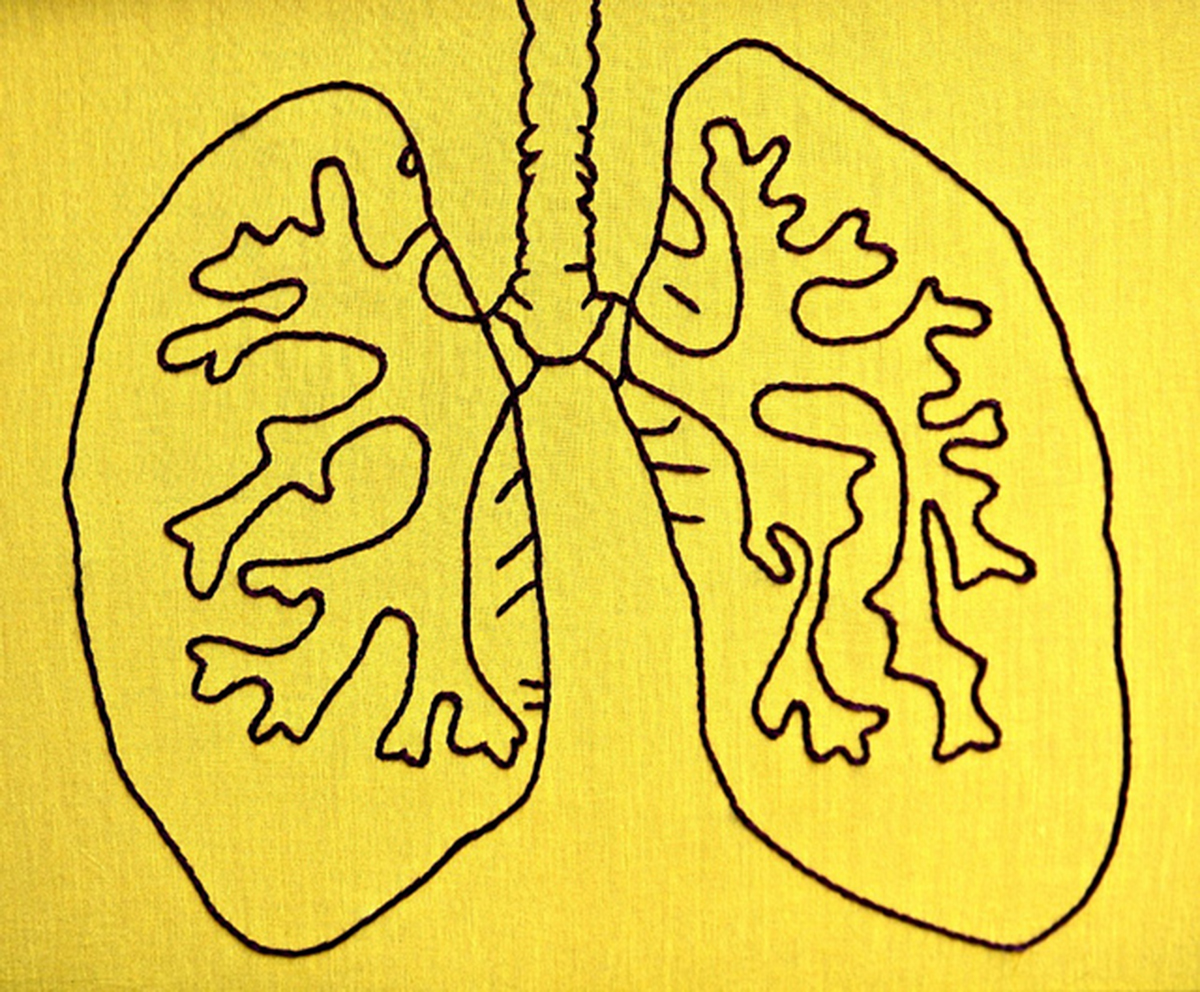Table of Contents
In November of 2016 rye grass pollen stirred up by a thunderstorm triggered fatal asthma attacks in eight people and resulted in hospitalization of 8,500 more in Melbourne, Australia. "Thunderstorm asthma" can occur almost anywhere in the world.
When thousands of people are all seeking emergency care for asthma, you will want to have been prepared. There are things you can do to minimize your risk of not being able to get the help you need in an asthma emergency.
- Even if you don't "have asthma," you can come down with asthma during a thunderstorm. Especially if you live in a region where there are pastures or grass farms (there are over 1,400 turf farms in the US alone), be ready to go inside an air conditioned house or office when you see summer thunderstorms on the horizon. Minimizing your exposure to pollen, mold, and dust minimizes your risk of sudden and severe asthma.
- If you are allergic to grass pollens, keep a face mask on hand for use when you see thunderstorms in the distance. Grass pollens are so large that they are usually trapped in the nose. They cause sneezing, sniffling, and other symptoms of hay fever, but the pollen grains are usually too large to go into the lungs. When a thunderstorm pulverizes grass pollen, however, it can cause asthma. Keep a face mask on hand so you don't breathe in the pulverized pollen that can trigger symptoms in your lungs.

- Pay attention to your local allergy forecasts. Any time the pollen count of any grass or weed or mold exceeds 50 grains per cubic meter, a thunderstorm can trigger worse allergies than usual.
- A haboob (dust storm), such as is common in the American Southwest and in southwestern Asia in summer, can kick up disease-causing bacteria but usually does not trigger pollen-related asthma attacks. When there is no rain, asthma attacks don't become more frequent.
- Children who are already on inhalers usually do not get asthma attacks during thunderstorm asthma emergencies. The children who are most likely to be affected (and who most need to have their outdoor activities curtailed) are those who have hay fever but not asthma. A thunderstorm asthma emergency may be the first time they have asthma.
READ Naturopathinc Treatment: Natural Remedies For Asthma
- The effects of thunderstorms on asthma are made worse by the presence of nitric oxide or sulfur pollution in the air. If you live near a highway, or near smokestacks, or in a city with poor air quality generally, the effects of thunderstorms on air quality are magnified. A combination of an ozone warning day and a thunderstorm signals a much higher risk of asthma.
- Diet can make the difference between a mild asthma attack and a severe asthma attack. Eating fresh fruits and vegetables every day provides your body with quercetin, a plant antioxidant that has some of the same effects on asthma and allergy as the medication Cromolyn sodium. Apples and grapefruit are especially good sources of quercetin. (People who take certain medications should avoid grapefruit; your doctor will tell you about this.) It can also help to take vitamin B12, especially if you are over the age of 60 or you have digestive problems.
- Dabrera G, Murray V, Emberlin J, Ayres JG, Collier C, Clewlow Y, Sachon P. Thunderstorm asthma: an overview of the evidence base and implications for public health advice. QJM. 2013 Mar. 106(3):207-17. doi: 10.1093/qjmed/hcs234. Review. PMID: 23275386.
- Grundstein A, Sarnat SE, Klein M, Shepherd M, Naeher L, Mote T, Tolbert P. Thunderstorm associated asthma in Atlanta, Georgia. Thorax. 2008 Jul. 63(7):659-60. doi: 10.1136/thx.2007.092882. PMID: 18587040.
- Photo courtesy of eneas: www.flickr.com/photos/eneas/3471986083/
- Photo courtesy of eneas: www.flickr.com/photos/eneas/3471986083/


Your thoughts on this